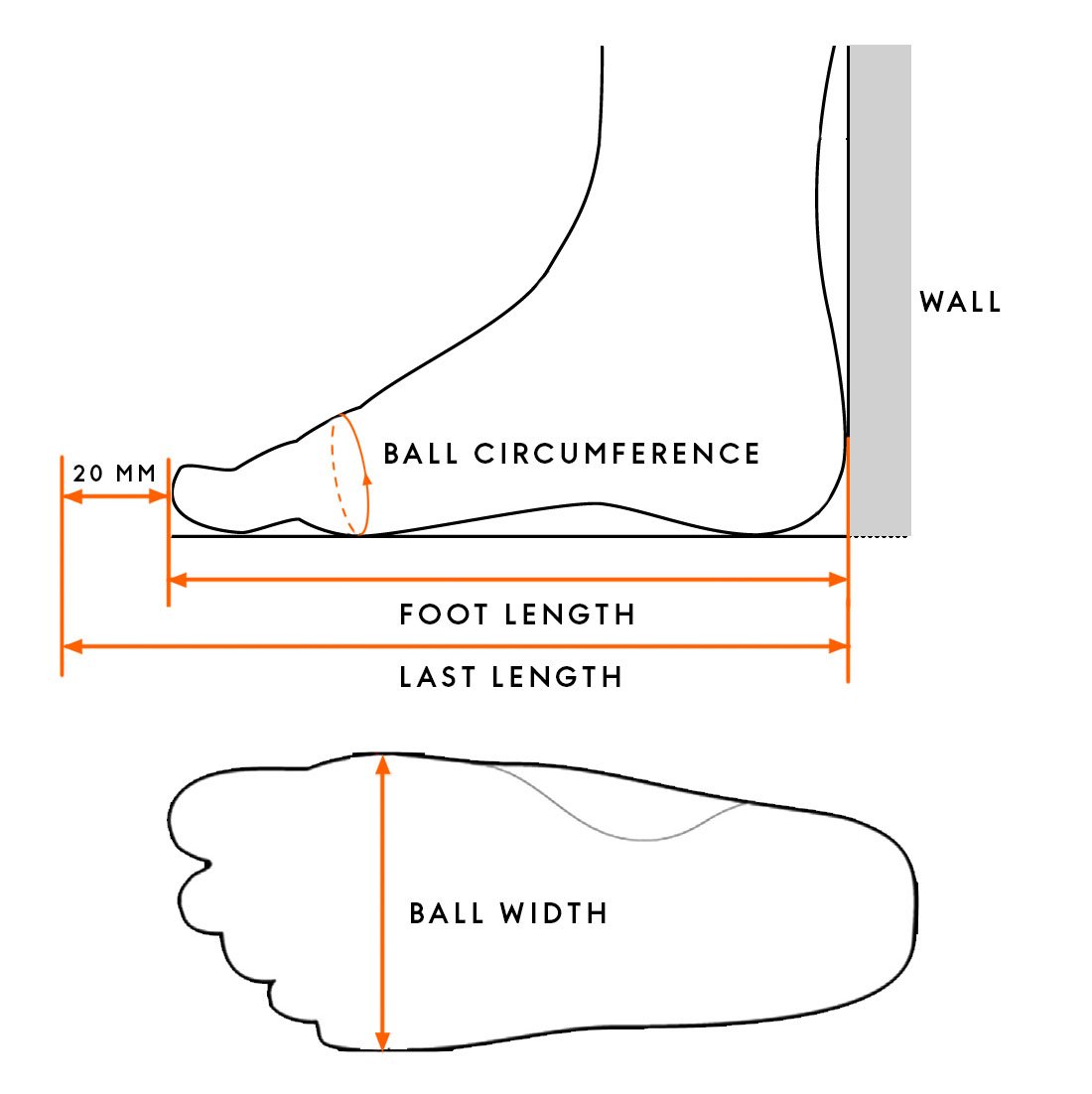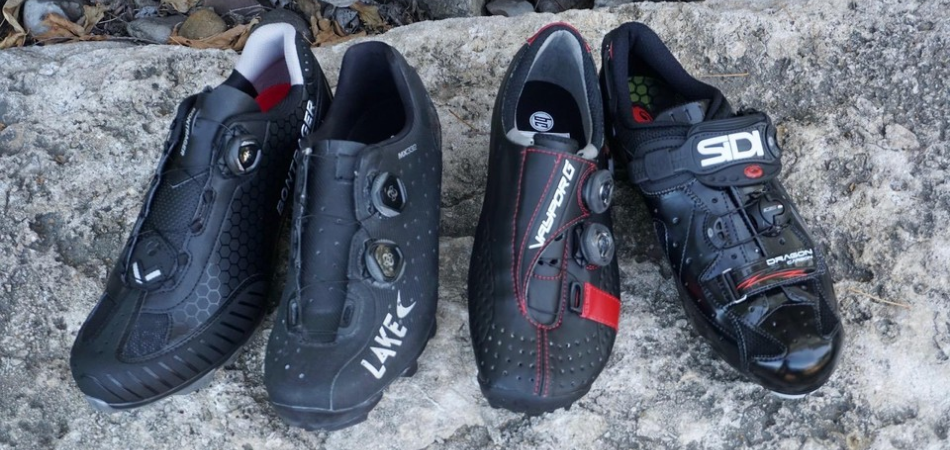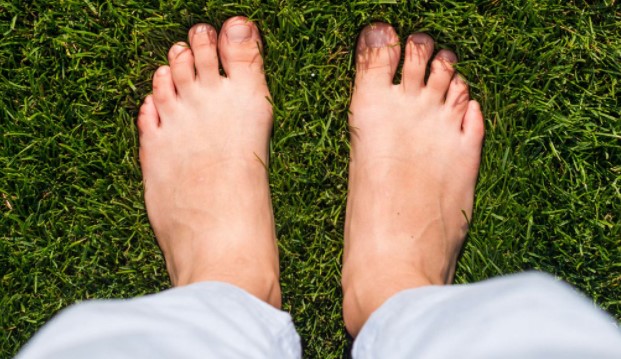While most people pay attention to the length of their shoes, only a few give priority to the correct width. Getting shoes with the correct measurement of both length and width not only offers the needed support and comfort, but also protect your feet from heavy impacts. But what happens when you opt for a wide feet shoe?
Many of us wonder, “Can I wear wide fit shoes with normal feet?” If you’re pregnant, or have any foot conditions like bunions or calluses, wide fit shoes are highly recommended. Some other health conditions such as diabetes and obesity also call for a wider footbed. So, the answer is yes, you can wear wide fit shoes even with normal feet.
This article offers you a complete guide of how you can wear wide fit shoes with normal feet. You should also understand the effects of wearing wide fit shoes and consider if you should size down. So, keep reading!
Shoe Width Explained
Shoe width is a measure of the forefoot, which is the widest part of the foot. The measurement is represented with an alphabet besides the numbered length size.
For instance, a shoe size could be given as 40C. This means that the length size is 40 while the size is B. Similarly, a shoe size of 40D shows a length size of 40 and a width size of D. I’ll get into more details shortly.
There is usually a variation between women’s and men’s shoes. For example, while women’s shoe sizes have B as their medium width size, the men’s have D as their medium width size.
One of the major challenges in getting your right shoes widths is that not every shoe company provides the shoe widths of their brands. So, it may be difficult to distinguish the brands with smaller or bigger width measurements than the average sizes for men and women.
Usually, women’s range of shoe widths is between the smaller measurements of A to E. The men’s sizes will range from A to the bigger measurements of E.
What Are The Difference Between Wide Shoes And Regular?
The difference between wide shoes and regular is the increase in both the forefoot and toe box that accounts for the wideness of the feet.
Normally, both wide and regular shoes have the same measurement for length. However, the forefoot and toe box measurements for wide shoes will increase than those of regular.
Moreover, the shoe sizes for dressing shoes are different from those of sports canvasses or running shoes. While a man could have a size 9 for dressing shoes, he will probably go for a size 10 or 10.5 for running shoes. The increase in size doesn’t make the shoe over-fitted, but it will provide the necessary comfort, support, and balance for the feet during sporting activities.
Shoe Width Measurements Explained
The measurement of shoe widths is of two different formats:
The letter or alphabet measuring system
This measuring system uses letters of the alphabet to indicate the shoe width sizes for both men and women. The size ranges include
- A to 4A+ (A, 2A. 3A. 4A. 4A+)
- B
- D
- E to 4E+ (E, 2E, 3E, 4E, 4E+)
The word measuring system
This measuring system employs the words to describe the different shoe width sizes. These size ranges include
- Narrow to Extra Narrow
- Normal/Standard
- Wide
- Extra Wide
The table below gives a conventional width measurement for both men and women using the two measurement systems.
| Width measurement by Letters | Women’s width | Men’s width |
| 3A or 4A | Extra narrow | – |
| A or 2A | Narrow | Extra Narrow |
| B | Medium/Standard/Normal | Narrow |
| D | Wide | Medium/Standard/Normal |
| E | Extra wide | Wide |
| 3E to 4E+ | – | Extra Wide |
Description Of The Measuring Systems
A to 4A+ Width: While an A width size will be considered as a Narrow size for women, it’s an Extra Narrow size for men. As the foot becomes narrower, extra A’s are included to accommodate the size. So, a 2A is AA, 3A is AAA, 4A is AAAA, and so on.
B Width: The B width size is the most remarkable size for women. It is usually common for them and considered as the Normal/Standard/Medium width size. But for the men’s measurement, a B represents a Narrow width size.
D Width: This is common for men and is considered as the Normal/Standard/Medium width size. However, it’s a Wide size for the female folks.
E to 4E+ Width: In contrast to the A measurements, the E width shoe sizes are used to represent the progressive increase in wideness for men’s measurements. So, an E to 2E shows Wide while 3E to 4E+ is Extra Wide. In women’s measurements, an E or 2E is Extra Wide. Some shoes could have larger width measurements, such as diabetic with up to 10E as width size.
Can I Wear Wide Fit Shoes With Normal Feet?
You can wear wide fit shoes with normal feet depending on the shoe type and activities you may desire to engage in.
Though a wide fit shoe is exceptionally comfortable while walking, it may not be the best for sporting activities. Using such shoes can cause or aggravate nerve or muscle pain. So, you should consider using running shoes for sciatica nerve pains for effectiveness in your sporting activities.
Also, when you are working outdoor on a slippery surface or a place with lots of gravel, wide fit shoes is not the best option to chose. A well-fitted slim-fit shoe will always be the best recommendable shoe in that case. Slim fit shoes also ensures better grip in any activity you may carry out.
Your final decision should inculcate comfort, usability, protection, support, and the health of your feet. So, while asking can I wear wide fit shoes with normal feet, you should put these factors into consideration.
Why Do People Need Wide Fit Shoes?
People need wide fit shoes as they become get older and gain more weight. Also, health issues could make individuals opt for wide fit shoes. Here are some reasons for using wide fit shoes.
Blister and Corns
Wearing tight shoes will lead to blisters of the feet, which could result in corns. This foot condition invokes due to continuous friction between your feet and the tight shoes. Both Blister and corns are painful and will cause wounds and scars. The best option for controlling the situation is to use wide fitted shoes.
Also, if you have bunions, a pair of wide fit shoes will help manage the pain far better than normal shoes.
Pregnancy
Pregnancy is one condition that could lead to swollen feet. Most women face this issue during their pregnancy period. This is because some hormones such as relaxin, which their body secretes, could lead to the loosening of ligations, resulting in weight gain and wider feet. Therefore, there is always a temporary need for wide fitted shoes in such circumstances.
Health Issues
Some health issues like heart problems, kidney diseases, obesity, and diabetes could lead to wider feet from the normal width size. The medical condition is referred to as edema, a term used to explain swelling of some body parts. This is usually from the retention of excess fluid in the body. So, the patient with such a condition will need to use wide fit shoes.
Effects of Wearing Wide Fit Shoes With Normal Feet
Though wearing wide fit shoes could be a solution for some conditions, it has some negative effects on your feet. Below are some of the effects of wearing wide fit shoes with normal feet.
- Change in natural strides – A wide fit shoe could give your feet more space to move around. It is comfy, but forcing yourself to wear them may cause walking abnormally and a prolonged usage would possibly change your natural stride. There could even be a contraction on your toes with abnormal walking stride because of the shoe size.
- Corns – Wide fitted shoes could also possibly exert pressure on the toes as you try to force yourself to walk with them. Hence, this could be a trigger of foot corn.
- Metatarsalgia is a condition where the feet have inflammation and pain within the ball. When we walk, the ball of our feet take the first impact. A large and wide shoe can be a trigger to metatarsalgia since it may not offer adequate support for the feet.
- Reduced athletic performance – As an athlete, wide fit shoes could pose a huge risk for you. With its lack of support, there could be a drastic reduction in your performance with such shoes.
- Painful foot conditions – Using wide fit shoes with a normal feet can result in painful foot conditions like Arch pain, neuromas, blisters, and Achilles tendonitis. In some cases, there may be a possible extension of the pains to the knees, back, and even neck of the victim.
- Feet glides and falls – With wide fit shoes, the feet will always tend to glide while walking or running. This is due to the unbalanced support from the excess size of the shoes. Hence, you may fall while wearing such shoes.
Should You Size Down In Wide Fit Shoes
The ideal shoe fit is comfortable with the right length and width sizes. But with narrow feet, you may size down by half the normal width size when using wide fit shoes.
Usually, the size of a shoe gives a proportional measurement of both the length and width. Just like wider feet don’t get compensation by increasing the size of a normal shoe, so will narrower feet not receive the balance by sizing down a wide fit. It’s always advisable to get the right shoe size containing both the length and width of your feet.
How To Measure Shoe Width
Below are the simple steps in measuring your shoe width:
- While being bare foot, wind a measuring tape around your forefoot.
- Keep your foot on the ground while trying to stand normally.
- Mark out your foot width in millimeters on the measuring tape.
- Using the value, work out your shoe width.
Conclusion
This article answers the query of can I wear wide fit shoes with normal feet. Yes, you can wear such shoes, but it’s very important that you stick with the right shoe size for more comfort and health of your feet.
Some conditions that make people resort to wearing wide fit shoes such as old age, obesity, health issues, or pregnancy. However, you shouldn’t wear wide fit shoes if it isn’t absolutely necessary.




